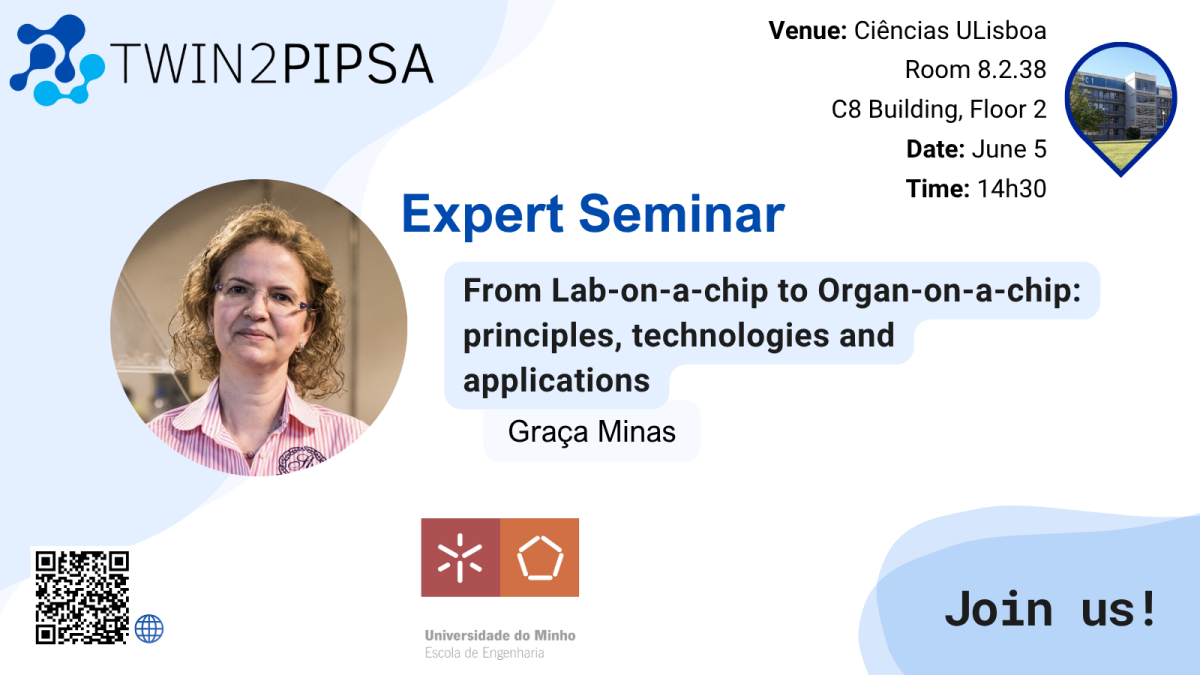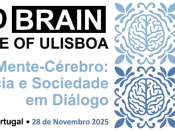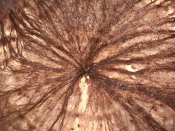Por Graça Minas (Departamento de Eletrónica Industrial, Escola de Engenharia, Universidade do Minho).
Lab-on-a-chip (LOC) microfluidic platforms involve miniaturized devices that integrate several laboratory functions, attaining prominence in numerous engineering and biotechnology fields such as medical diagnostics, environmental monitoring, and biochemical analysis. Thanks to the multi-functional and automated characteristics of LOCs, numerous opportunities for biomedical, biochemical, and pharmaceutical studies can be raised. Powered by microfluidics, biosensing, microelectronics and smart biomaterials, Organ-on-a-chip (OoC) devices are advanced microfluidic platforms that can accurately replicate the complexity of human tissues. These microphysiological systems aim to bridge the gap between traditional cell culture, animal testing, and human clinical outcomes. They are reshaping how researchers study human physiology, pathology, and pharmacology in vitro, offering more predictive and ethical alternatives for studying disease and assessing therapeutic efficacy. This talk “From Lab-on-a-chip to Organ-on-a-Chip: Principles, Technologies, and Applications,” is dedicated to exploring the advances in the design, fabrication, and application of lab-on-a-chips that have supported the development of Organ-on-a-chip, emphasising on emerging technologies such as multi-organ-on-a-chip, biosensors and microneedles that are propelling the field into clinical and industrial relevance.






















